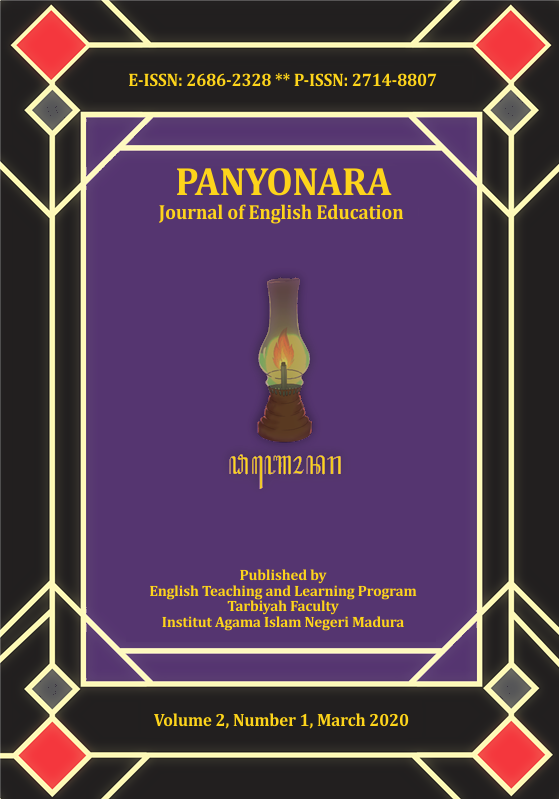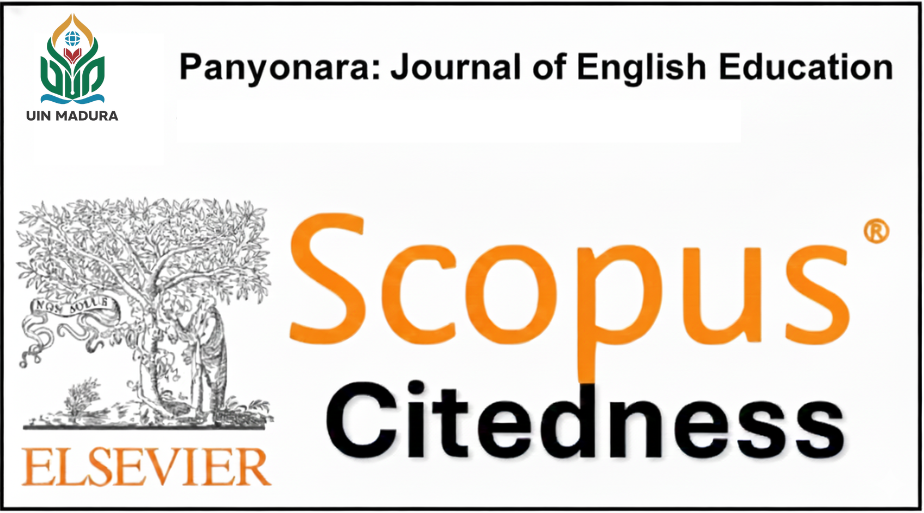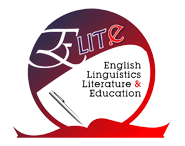The Comparison between Visual Learners and Kinesthetic Learners in Reading Comprehension at the Eleventh Grade Students of SMA Negeri 2 Pamekasan
 Abstract views: 1080
,
Abstract views: 1080
,
 PDF downloads: 695
PDF downloads: 695
Abstract
Comprehending English text is still one of the focuses on the English teaching-learning process in Indonesia. However, students’ ability to comprehend English reading text is various. Some theories mentioned that reading comprehension of the students is influenced by students' learning styles. This research is to compare reading comprehension between visual and kinesthetic learners at the eleventh-grade students of SMA Negeri 2 Pamekasan. This study used a quantitative approach with a causal-comparative design. The population of this research was 320 eleventh grade students with the sample was taken were 48 students or 15% of the population. The data were collected using Sensory Learning Style Questionnaire to divide students based on their learning style and Reading Comprehension test to measure students' reading comprehension. The obtained data were analyzed by using the independent t-test to compare the significant difference between visual and kinesthetic learners. The statistical analysis was computed using SPSS 16. The result proved that obtained t-value was lower than t-table with significant 5% and 1% (1.084 < 2.06 and 1.084 < 2.79) which showed that the achievement of reading comprehension of visual students was same as kinesthetic learners at the eleventh-grade students of SMA Negeri 2 Pamekasan
Downloads
References
Brown, H. D. (2000). Principles of Language Learning and Teaching (4th ed.). San Fransisco: Longman.
Brown, H. D. (2007). Teaching by Principles: An Interactive Approach to Language Pedagogy (2nd ed.). San Fransisco: Longman.
DePorter, B., Reardon, M., & Singer-Nourie, S. (2005). Quantum Teaching: Orchestrating Student Success (A. NIlandari, Trans.). Bandung: PT. Mizan Pustaka.
Dunn, S., & Griggs, S. A. (1998). Multiculturalism and Learning Style: Teaching and Counseling Adolescents. London: Praeger.
Febrianti, S. (2014). Students’ Reading Comprehension Based on Their Learning Styles (Thesis). UIN Syarif Hidayatullah Jakarta.
Nurhidayah, R. E. (2010). Learning Styles Characteristic and Learners Outcomes of Nursing Faculty Students of the University of Sumatera Utara (Thesis). Universitas Sumatera Utara.
Pritchard, A. (2009). Ways of Learning. London: Routledge.
Reid, J. M. (1987). The Learning Style Preferences of ESL Students. TESOL Quarterly, 21(1), 87. https://doi.org/10.2307/3586356
Sahwari. (2014). The Study of Writing Skill Comparison between Visual and Kinesthetic Students at the Fifth Semester of English Teaching Learning Program of STAIN Pamekasan (Thesis). STAIN Pamekasan.
Shaffat, I. (2009). Optimized Learning Strategy. Jakarta: Prestasi Pustaka.
Syafik, M. (2014). A Comparative Study on English Speaking Skill between Interpersonal and Intrapersonal Students at the Third Semester of English Teaching Learning Program of STAIN Pamekasan (Thesis). STAIN Pamekasan.
Williams, J. (2010). Reading Comprehension, Learnings Styles, and Seventh Grade Students (Dissertation). Liberty University.
The journal uses an Open Access policy under a Creative Commons Attribution-NonCommercial 4.0 International License. Authors who publish with this journal agree to the following terms:
- Authors retain copyright and grant the journal right of first publication with the work simultaneously licensed under a Creative Commons Attribution License that allows others to share the work with an acknowledgment of the work's authorship and initial publication in this journal.
- Authors are able to enter into separate, additional contractual arrangements for the non-exclusive distribution of the journal's published version of the work (e.g., post it to an institutional repository or publish it in a book), with an acknowledgment of its initial publication in this journal.
- Authors are permitted and encouraged to post their work online (e.g., in institutional repositories or on their website) prior to and during the submission process, as it can lead to productive exchanges, as well as earlier and greater citation of published work.

















